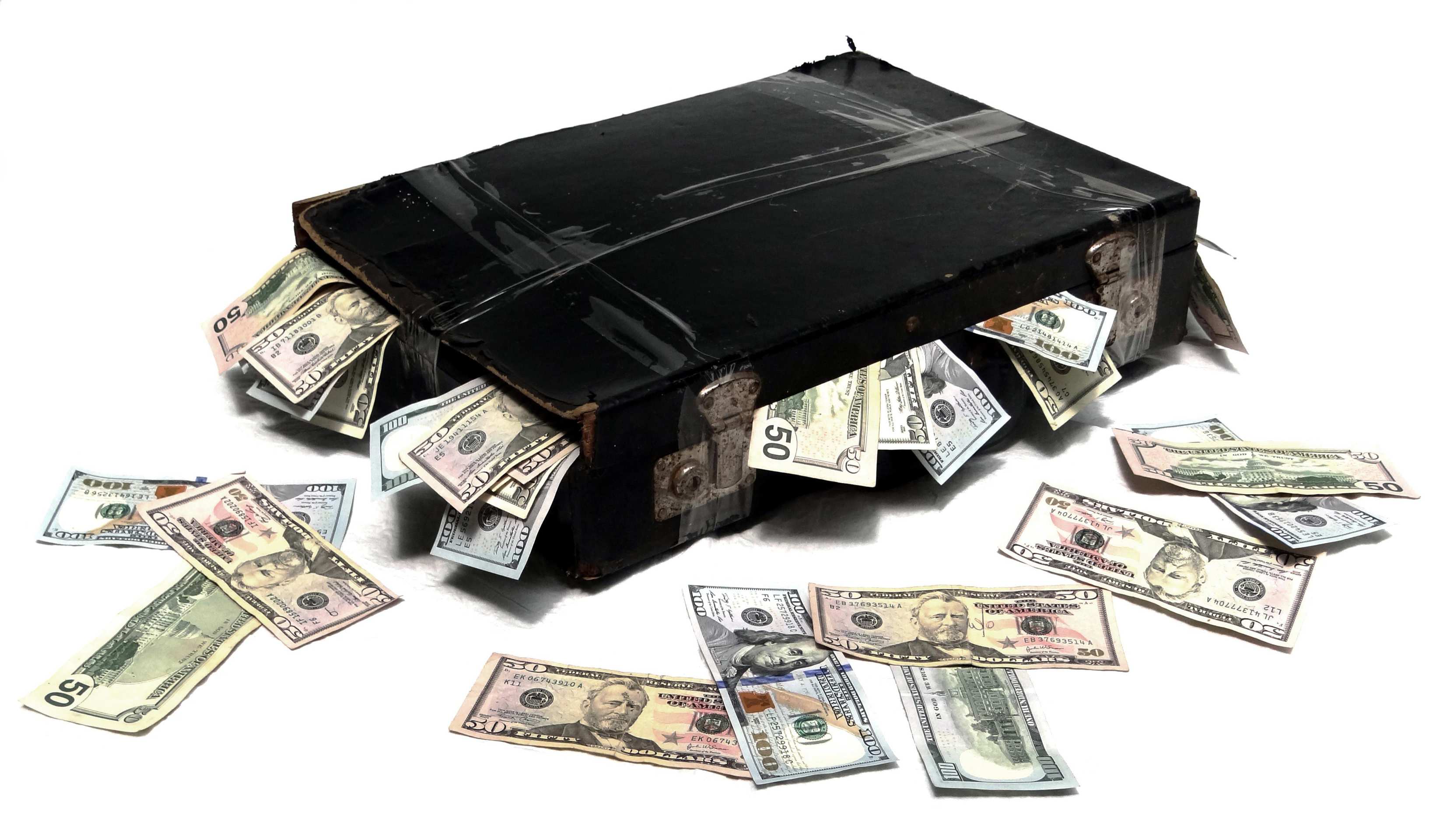
Valuing the Business: Some Difficult Issues
Business valuations are almost always difficult and often complex. A valuation is also frequently subject to the judgment of the person conducting it. In addition, the person conducting the valuation must assume that the information furnished to him or her is accurate.
Here are some issues that must be considered when arriving at a value for the business:
Product Diversity – Firms with just a single product or service are subject to a much greater risk than multiproduct firms.
Customer Concentration – Many small companies have just one or two major customers or clients; losing one would be a major issue.
Intangible Assets – Patents, trademarks and copyrights can be important assets, but are very difficult to value.
Critical Supply Sources – If a firm uses just a single supplier to obtain a low-cost competitive edge, that competitive edge is more subject to change; or if the supplier is in a foreign country, the supply is more at risk for delivery interruption.
ESOP Ownership – A company owned by employees, either completely or partially, requires a vote by the employees. This can restrict marketability and, therefore, the value.
Company/Industry Life Cycle – A retail/repair typewriter business is an obvious example, but many consumer product firms fall into this category.
Other issues that can impact the value of a company would include inventory that is dated or not saleable, reliance on short contracts, work-in-progress, and any third-party or franchise approvals necessary to sell the company.
© Copyright 2015 Business Brokerage Press, Inc.
Photo Credit: DuBoix via morgueFile
Read More
Considering Selling? Some Important Questions
Some years ago, when Ted Kennedy was running for president of the United States, a commentator asked him why he wanted to be president. Senator Kennedy stumbled through his answer, almost ending his presidential run. Business owners, when asked questions by potential buyers, need to be prepared to provide forthright answers without stumbling.
Here are three questions that potential buyers will ask:
- Why do you want to sell the business?
- What should a new owner do to grow the business?
- What makes this company different from its competitors?
Then, there are two questions that sellers must ask themselves:
- What is your bottom-line price after taxes and closing costs?
- What are the best terms you are willing to offer and then accept?
You need to be able to answer the questions a prospective buyer will ask without any “puffing” or coming across as overly anxious. In answering the questions you must ask yourself, remember that complete honesty is the only policy.
The best way to prepare your business to sell, and to prepare yourself, is to talk to a professional intermediary.
© Copyright 2015 Business Brokerage Press, Inc.
Photo Credit: DodgertonSkillhause via morgueFile
Read More
Is Your “Normalized” P&L Statement Normal?
Normalized Financial Statements – Statements that have been adjusted for items not representative of the current status of the business. Normalizing statements could include such adjustments as a non-recurring event, such as attorney fees expended in litigation. Another non-recurring event might be a plant closing or adjustments of abnormal depreciation. Sometimes, owner’s compensation and benefits need to be restated to reflect a competitive market value.
Privately held companies, when tax time comes around, want to show as little profit as possible. However, when it comes time to borrow money or sell the business, they want to show just the opposite. Lenders and prospective acquirers want to see a strong bottom line. The best way to do this is to normalize, or recast, the profit and loss statement. The figures added back to the profit and loss statement are usually termed “add backs.” They are adjustments added back to the statement to increase the profit of the company.
For example, legal fees used for litigation purposes would be considered a one-time expense. Or, consider a new roof, tooling or equipment for a new product, or any expensed item considered to be a one-time charge. Obviously, adding back the money spent on one or more of these items to the profit of the company increases the profits, thus increasing the value.
Using a reasonable EBITDA, for example an EBITDA of five, an add back of $200,000 could increase the value of a company by one million dollars. Most buyers will take a hard look at the add backs. They realize that there really is no such thing as a one-time expense, as every year will produce other “one-time” expenses. It’s also not wise to add back the owner’s bonuses and perks unless they are really excessive. The new owners may hire a CEO who will require essentially the same compensation package.
The moral of all this is that reconstructed earnings are certainly a legitimate way of showing the real earnings of a privately held company unless they are puffed up to impress a lender or potential buyer. Excess or unreasonable add backs will not be acceptable to buyers, lenders or business appraisers. Nothing can squelch a potential deal quicker than a break-even P&L statement padded with add backs.
© Copyright 2015 Business Brokerage Press, Inc.
Photo Credit: DodgertonSkillhause via morgueFile
Read More
The Devil May Be in the Details
When the sale of a business falls apart, everyone involved in the transaction is disappointed – usually. Sometimes the reasons are insurmountable, and other times they are minuscule – even personal. Some intermediaries report a closure rate of 80 percent; others say it is even lower. Still other intermediaries claim to close 80 percent or higher. When asked how, this last group responded that they require a three-year exclusive engagement period to sell the company. The theory is that the longer an intermediary has to work on selling the company, the better the chance they will sell it. No one can argue with this theory. However, most sellers would find this unacceptable.
In many cases, prior to placing anything in a written document, the parties have to agree on price and some basic terms. However, once these important issues are agreed upon, the devil may be in the details. For example, the Reps and Warranties may kill the deal. Other areas such as employment contracts, non-compete agreements and the ensuing penalties for breach of any of these can quash the deal. Personality conflicts between the outside advisers, especially during the
due diligence process, can also prevent the deal from closing.
One expert in the deal-making (and closing) process has suggested that some of the following items can kill the deal even before it gets to the Letter of Intent stage:
- Buyers who lose patience and give up the acquisition search prematurely, maybe under a year’s time period.
- Buyers who are not highly focused on their target companies and who have not thought through the real reasons for doing a deal.
- Buyers who are not willing to “pay up” for a near perfect fit, failing to realize that such circumstances justify a premium price.
- Buyers who are not well financed or capable of accessing the necessary equity and debt to do the deal.
- Inexperienced buyers who are unwilling to lean heavily on their experienced advisers for proper advice.
- Sellers who have unrealistic expectations for the sale price.
- Sellers who have second thoughts about selling, commonly known as seller’s remorse and most frequently found in family businesses.
- Sellers who insist on all cash at closing and/or who are inflexible with other terms of the deal including stringent reps and warranties.
- Sellers who fail to give their professional intermediaries their undivided attention and cooperation.
- Sellers who allow their company’s performance in sales and earnings to deteriorate during the selling process.
Deals obviously fall apart for many other reasons. The reasons above cover just a few of the concerns that can often be prevented or dealt with prior to any documents being signed.
If the deal doesn’t look like it is going to work – it probably isn’t. It may be time to move on.
© Copyright 2015 Business Brokerage Press, Inc.
Photo Credit: jppi via morgueFile
Read More
Family Businesses
A recent study revealed that only about 28 percent of family businesses have developed a succession plan. Here are a few tips for family-owned businesses to ponder when considering
selling the business:
- You may have to consider a lower price if maintaining jobs for family members is important.
- Make sure that your legal and accounting representatives have “deal” experience. Too many times, the outside advisers have been with the business since the beginning and just are not “deal” savvy.
- Keep in mind that family members who stay with the buyer(s) will most likely have to answer to new management, an outside board of directors and/or outside investors.
- All family members involved either as employees and/or investors in the business must be in agreement regarding the sale of the company. They must also be in agreement about price and terms of the sale.
- Confidentiality in the sale of a family business is a must.
- Meetings should be held off-site and selling documentation kept off-site, if possible.
- Family owners should appoint one member who can speak for everyone. If family members have to be involved in all decision-making, delays are often created, causing many deals to fall apart.
Many experts in family-owned businesses suggest that a professional intermediary be engaged by the family to handle the sale. Intermediaries are aware of the critical time element and can help sellers locate experienced outside advisers. They can also move the sales process along as quickly as possible and assist in negotiations.
Keeping it in the Family
It’s hard to transfer a family business to a younger kin. Below are some statistics regarding family businesses.
- 30% of family businesses pass to a second generation.
- 10% of family businesses reach a third generation.
- 40% to 60% of owners want to keep firms in their family.
- 28% of family businesses have developed a succession plan.
- 80% to 95% of all businesses are family owned.
Source: Ted Clark, Northeastern University Center for Family Business
© Copyright 2015 Business Brokerage Press, Inc.
Photo Credit: naomickellogg via morgueFile
Read More
Two Similar Companies ~ Big Difference in Value
Consider two different companies in virtually the same industry. Both companies have an EBITDA of $6 million – but, they have very different valuations. One is valued at five times EBITDA, pricing it at $30 million. The other is valued at seven times EBITDA, making it $42 million. What’s the difference?
One can look at the usual checklist for the answer, such as:
- The Market
- Management/Employees
- Uniqueness/Proprietary
- Systems/Controls
- Revenue Size
- Profitability
- Regional/Global Distribution
- Capital Equipment Requirements
- Intangibles (brand/patents/etc.)
- Growth Rate
There is the key, at the very end of the checklist – the growth rate. This value driver is a major consideration when buyers are considering value. For example, the seven times EBITDA company has a growth rate of 50 percent, while the five times EBITDA company has a growth rate of only 12 percent. In order to arrive at the real growth story, some important questions need to be answered. For example:
- Are the company’s projections believable?
- Where is the growth coming from?
- What services/products are creating the growth?
- Where are the customers coming from to support the projected growth – and why?
- Are there long-term contracts in place?
- How reliable are the contracts/orders?
The difference in value usually lies somewhere in the company’s growth rate!
© Copyright 2015 Business Brokerage Press, Inc.
Photo Credit: jeltovski via morgueFile
Read More
